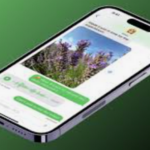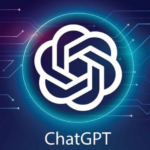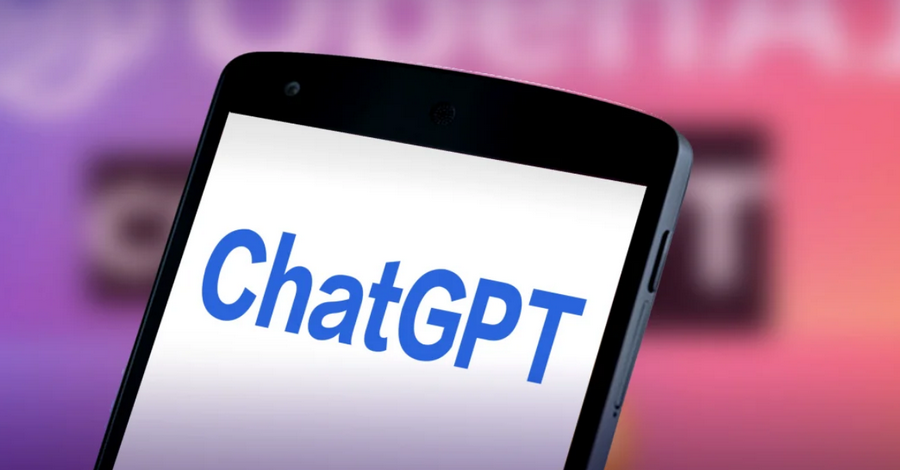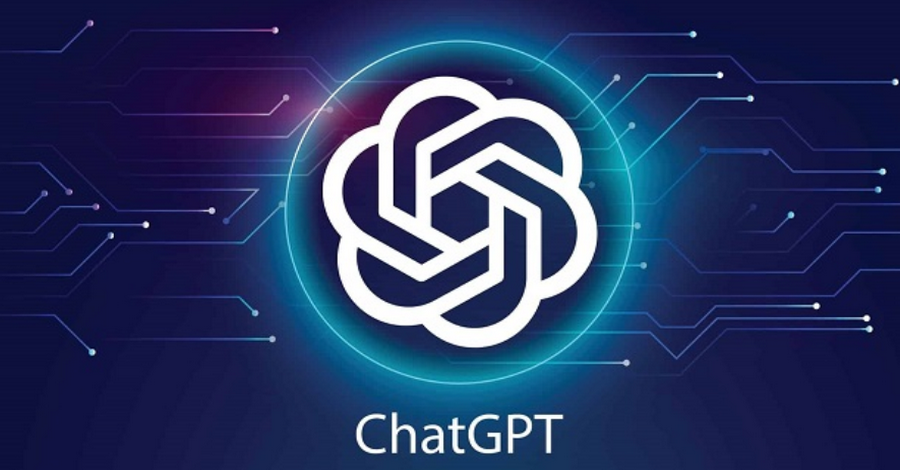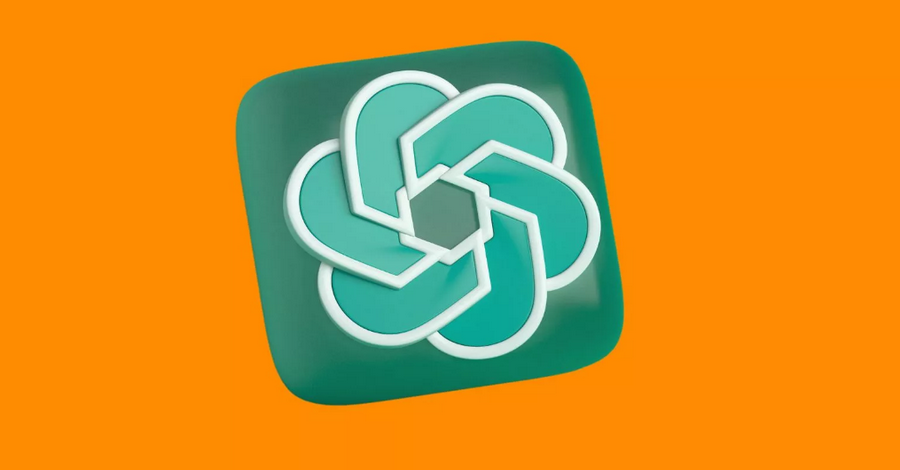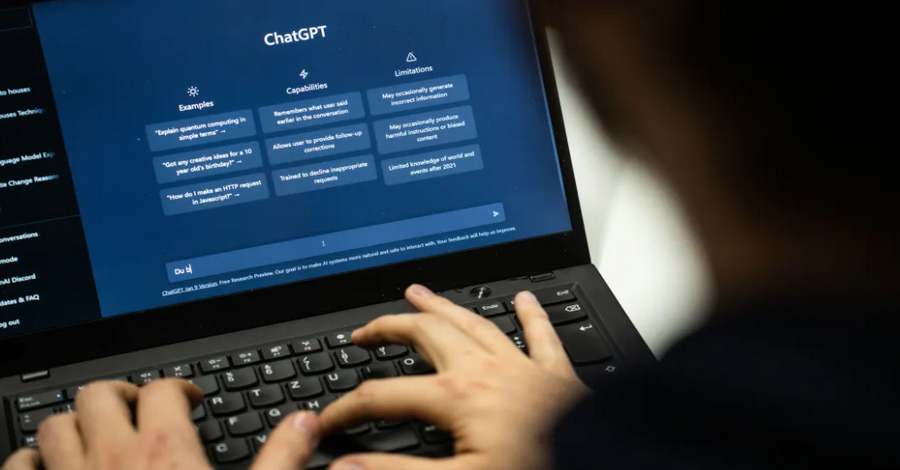ChatGPT, developed by OpenAI, is a groundbreaking AI language model that has taken the world by storm with its ability to generate human-like text based on user input. Since its release, ChatGPT has demonstrated remarkable capabilities across various domains, from assisting with simple questions to performing complex tasks. Here, we’ll dive deep into what ChatGPT is, how it works, its various applications, and what you need to know to use it effectively.
1. Understanding ChatGPT: What It Is and How It Works
ChatGPT is a large language model (LLM) trained on a massive amount of text data. This advanced AI program can generate text that resembles human language, complete sentences, and offer responses based on the context and input it receives.
A. The Technology Behind ChatGPT
ChatGPT is built using GPT-4, the fourth generation of OpenAI’s Generative Pre-trained Transformer model. GPT models use deep learning techniques, particularly transformer neural networks, which excel at processing sequential data and generating text. Here’s how it works:
- Training with Massive Datasets:
- ChatGPT is trained on vast datasets, including websites, books, and other online sources, to learn patterns, language structure, and context.
- Generating Language:
- When given a prompt, ChatGPT analyzes the words and predicts the most relevant response based on its training. It uses context to generate coherent sentences, making it capable of answering questions, creating essays, and holding conversations.
- Fine-tuning and Updates:
- ChatGPT undergoes regular updates and fine-tuning to improve accuracy, safety, and quality. OpenAI integrates feedback to ensure the model responds appropriately and aligns with user expectations.
B. How ChatGPT Differs from Traditional AI Assistants
While virtual assistants like Siri and Alexa perform specific tasks based on voice commands, ChatGPT is more flexible. Rather than performing actions, ChatGPT focuses on understanding and generating text, which allows it to assist in a broader range of tasks, from answering complex queries to engaging in creative writing.
2. Getting Started with ChatGPT
OpenAI provides access to ChatGPT through its official website, as well as through various integrated applications and platforms.
A. Accessing ChatGPT
- OpenAI Website:
- The most common way to access ChatGPT is by visiting OpenAI’s ChatGPT website. Users can log in or sign up for a free account, and there are paid subscriptions for additional features.
- API Access:
- OpenAI also offers API access, allowing developers to integrate ChatGPT’s capabilities into their own applications, websites, and software. API access requires a subscription and is primarily used by businesses or developers.
- Mobile Apps and Integrations:
- ChatGPT is also available as a mobile app, compatible with iOS and Android, for convenient on-the-go access. Additionally, it has been integrated with platforms like Microsoft Office, where it can assist with tasks in Word, Excel, and more.
B. Subscription Plans and Free vs. Paid Options
- Free Version:
- OpenAI provides free access to ChatGPT, though it comes with certain limitations, such as access to only GPT-3.5 and usage caps. Free users may also experience slower response times during high-traffic periods.
- ChatGPT Plus:
- For a monthly fee, the ChatGPT Plus subscription offers access to GPT-4, providing faster response times and priority access during peak hours. This plan is beneficial for users who need higher quality responses or rely on ChatGPT for frequent use.
- Enterprise Plans:
- OpenAI also offers custom solutions for businesses, providing enhanced support, security features, and the ability to integrate ChatGPT into large-scale operations.
3. Applications of ChatGPT
ChatGPT has a wide range of applications that can enhance both personal and professional tasks.
A. Personal Uses
- Answering Questions and General Knowledge:
- ChatGPT can answer questions on various topics, from general knowledge to specific inquiries in fields like history, science, and literature. It functions as a reliable resource for quick information.
- Writing Assistance:
- For individuals who need help with writing, ChatGPT can help draft emails, essays, creative stories, blog posts, and more. Users can give specific prompts for tone, style, and content, allowing ChatGPT to create tailored text.
- Learning and Tutoring:
- ChatGPT can act as a tutor by explaining concepts, offering practice exercises, and providing study tips. It’s helpful for students looking to supplement their learning in subjects such as math, science, and language.
- Language Translation and Grammar Checking:
- ChatGPT can translate text between languages and help improve grammar, style, and sentence structure, making it a valuable tool for writers and non-native speakers.
B. Professional Applications
- Customer Support:
- Businesses can integrate ChatGPT into customer service platforms, using it to respond to common customer inquiries, troubleshoot issues, and provide support.
- Content Creation and Copywriting:
- Content creators use ChatGPT to generate ideas, write marketing copy, create product descriptions, and even compose social media posts.
- Programming Help:
- ChatGPT can assist developers with coding, debugging, and explaining programming concepts, making it a useful tool for learning new languages or troubleshooting errors.
- Data Analysis and Summarization:
- ChatGPT can summarize lengthy reports, analyze trends, and provide insights based on text data, allowing professionals to save time and make informed decisions.
- Brainstorming and Idea Generation:
- For tasks like product development, content strategy, or marketing, ChatGPT can generate new ideas, analyze market trends, and provide suggestions based on input criteria.
4. Benefits of Using ChatGPT
ChatGPT offers numerous benefits, which contribute to its popularity across different fields.
A. Versatile and Scalable
With its ability to adapt to a wide range of queries, ChatGPT is an incredibly versatile tool. From personal productivity to professional applications, it can scale to meet the needs of individual users and large organizations alike.
B. Saves Time and Enhances Productivity
By handling tasks like generating text, analyzing information, and brainstorming ideas, ChatGPT allows users to save time. Its ability to automate repetitive tasks improves productivity, enabling users to focus on more strategic or creative work.
C. Easy to Use and Accessible
ChatGPT’s conversational interface makes it easy to use. Users don’t need extensive technical knowledge to get started—simply input a question or prompt, and ChatGPT responds in natural language.
5. Limitations and Considerations
While ChatGPT is a powerful tool, it has certain limitations that users should keep in mind.
A. Potential for Inaccuracy
ChatGPT generates responses based on the patterns it has learned, but it doesn’t always provide accurate or up-to-date information. Users should double-check any factual information, especially if it’s crucial to decision-making.
B. Ethical and Privacy Concerns
Since ChatGPT is an AI model that interacts with user data, there are considerations around data privacy and ethics. OpenAI has policies to safeguard user data, but users should avoid sharing sensitive information with the model.
C. Lack of Human Judgment and Context
ChatGPT lacks human understanding and context. It may respond in ways that sound reasonable but lack genuine judgment, especially in scenarios requiring empathy, ethics, or complex decision-making.
6. Future of ChatGPT and AI Language Models
ChatGPT and other language models are expected to continue evolving. OpenAI, along with other companies, is actively researching ways to improve AI’s accuracy, usability, and ethical considerations. Potential future developments include:
- Greater Customization:
- Future iterations may allow users to fine-tune ChatGPT’s responses more extensively, customizing the model for specific needs or preferences.
- Enhanced Safety and Accuracy:
- Improvements in accuracy, context understanding, and ethical safeguards are being explored to ensure AI remains a helpful tool without risking misinformation or unethical use.
- Integration with Other Technologies:
- ChatGPT may become integrated with more devices, apps, and platforms, from smart home assistants to professional software, expanding its utility across diverse fields.
- Improved Multimodal Capabilities:
- Future models could incorporate multimodal capabilities, allowing users to interact with text, images, and other data forms in a more seamless experience.
ChatGPT represents a new frontier in AI, offering impressive versatility and capability. From personal use to professional applications, it has quickly become a valuable tool for millions around the world. By understanding its functionality, strengths, and limitations, you can harness the full potential of ChatGPT for your specific needs. Whether you’re looking to improve productivity, gain knowledge, or explore creative ideas, ChatGPT opens the door to countless possibilities in the digital world.
